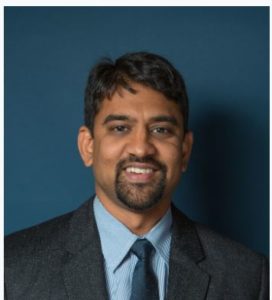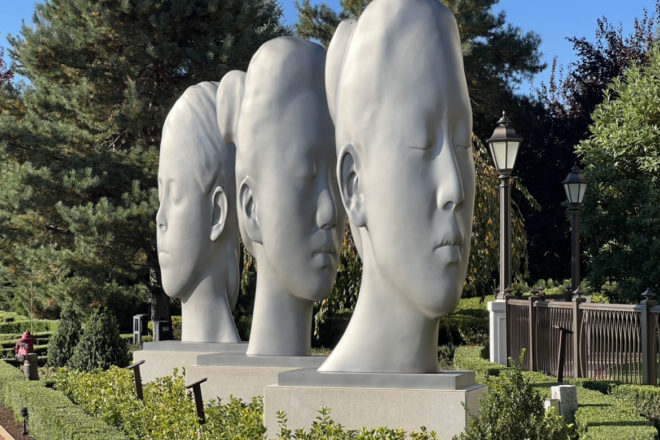
Podcast: Play in new window | Download
Subscribe: Email | | More
This weeks guest is Dr. Subinoy Das. Dr. Das is the chief executive officer and medical director at US institute for advanced Sinus Care and research. He is the former Director of The Ohio State University Sinus and Allergy Center, and an Assistant Professor at The Ohio State University. He is widely recognized as one of the nation’s best sinus surgeons and has received multiple awards as a U.S. board-certified otolaryngologist including a Presidential Citation in 2015 from the American Rhinology Society. In addition, he is a former Research Associate of the Center of Microbial Pathogenesis at the Research Institute, Nationwide Children’s Hospital. His NIH funded research was awarded the 2013 Fowler Award (top basic science research award in otolaryngology) for his work on detecting the cause of sinus infections.
We crossed paths at the University of Virginia where Dr. Das received the Alfred Burger Award for the top pre-medical student at the University before completing his medical degree at the University of Virginia School of Medicine, where he was elected President of his class, received Alpha Omega Alpha Honors, and received the Richard Bowman Scholarship for the top clinical performance. He then attended the University of North Carolina for residency and completed a fellowship in advanced sinus surgery and anterior skull base surgery at the Medical College of Georgia.
He is a leader in minimally invasive sinus surgery, does not use nasal packing, and has helped to develop leading instruments/techniques used in sinus surgery including working on diagnostic tests and therapies to reduce the use of antibiotics for sinus disease, advanced computer guided surgery systems, hydrodebridement therapies for sinus disease, and custom molecular-based therapies to avoid sinus surgery.
Today, we dive into the upstream causes of sinus and ear disease of children and adults. This is especially interesting because of the changes that occurred during COVID leading to new understandings of viral induced disease in humans.
Enjoy,
Dr. M














